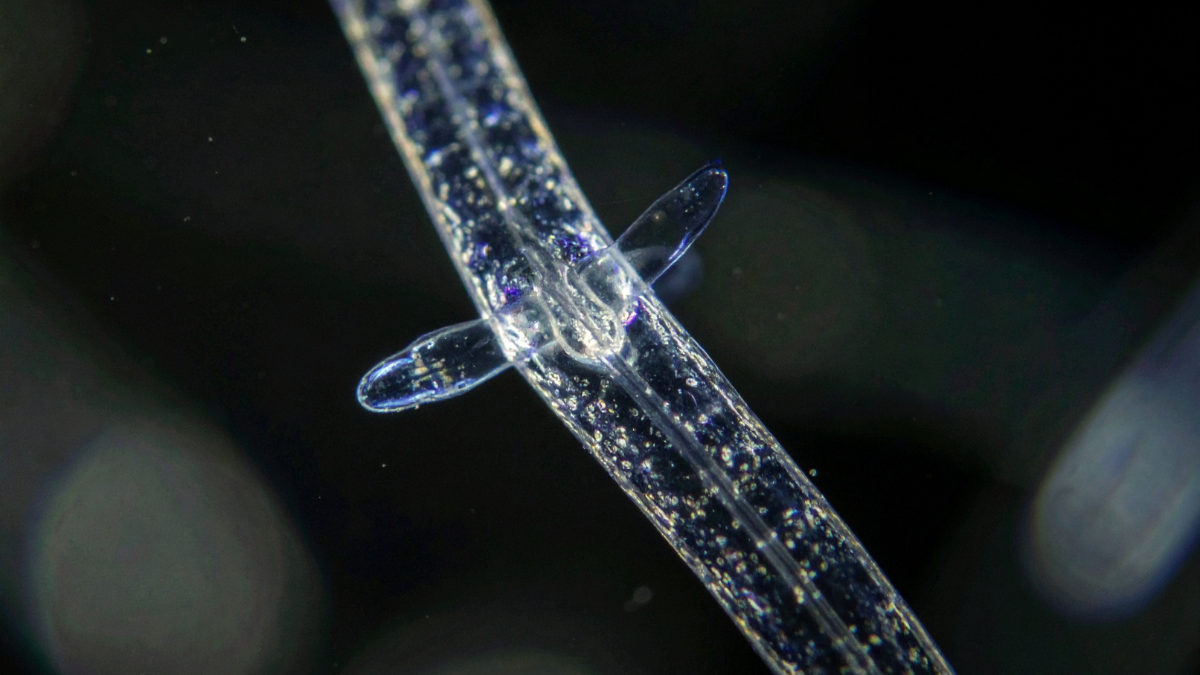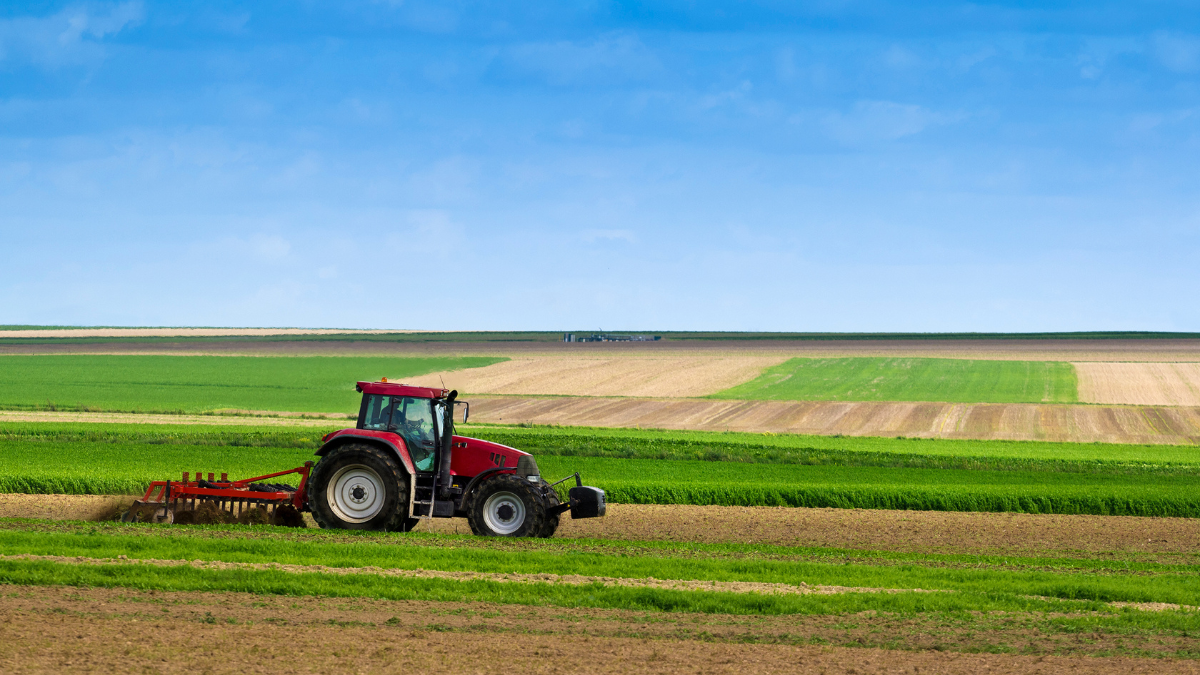Strengthening plants naturally
Every day at Ms Biotech we support farmers who want to increase the yield of their crops without chemical forcing. I foliar and root biostimulants are valuable tools in this direction. They work in synergy with the plant, enhancing its physiological responses at key moments in the production cycle.
In recent years, we have seen a growing interest in these products, especially for their ability to help crops overcome thermal, water or transplanting stresses.
What are biostimulants?
The biostimulants, are natural or bio-based formulations that improve plant physiological processeswithout acting directly as fertilisers, but have many other functions such as:
- They increase nutrient absorption
- They stimulate root and leaf development
- They strengthen resistance to stress
- They improve fruit quality
Depending on the composition, they may act via radical (ground application) or foliar (sprayed on the leaves).
When do we recommend the use of foliar and root biostimulants?
In our field work we use them mainly in these phases:
- Post-transplantation: to help rooting
- Active growth phaseto accelerate vegetative development
- Pre-flowering and fruit setto support energy needs
- During climatic stress: high temperatures, salinity, water shortage
- In combination with foliar treatmentsto increase its effectiveness
Each crop has its own requirements, but the goal is always the same: increase the resilience of the plant and improve its metabolic efficiency.
Our tips: three effective biostimulants for immediate use
🌿 ALGA EXTRA - The concentrated energy of algae
Alga Extra is one of the products we use most when we need an immediate stimulus for the plant. Based on extracts of brown algae (Ascophyllum nodosum, Eckloniamaxima and Laminaria digitata)It provides a natural boost thanks to its wealth of plant hormones, amino acids and carbohydrates.
We recommend it for:
- Vegetables, vines, fruit and flowers
- Flowering stages, fruit enlargement, thermal stress
What it does:
- Improves fruit set and development
- Reduces negative effects from environmental stresses
- Promotes more efficient photosynthetic activity
🌱 AMYNO PLUS - Amino acids for strong, reactive plants
Amyno Plus is a root and foliar biostimulant based on free amino acids of plant originobtained by enzymatic hydrolysis. It provides the plant with ready-to-use energy material.
We recommend it for:
- Field and greenhouse vegetables
- Recovery from stress (cold, drought, phytotoxicity)
What it does:
- Stimulates protein synthesis and vegetative growth
- Accelerates recovery after treatments or adverse events
- Increases overall nutritional efficiency
⚡BETA - Anti-stress and osmoregulatory action
BETA is a foliar biostimulant based on glycinbetaine,, a natural molecule with strong osmoregulatory action. It is our preferred choice for protecting plants during periods of high temperatures and low water availability.
We recommend it for:
- All field crops
- Pre-heat or drought treatments
What it does:
- Protects cell membranes in case of dehydration
- Improves photosynthetic efficiency
- Reduces production loss due to thermal stress
How we integrate them into our protocols
Every farm is different, but we generally integrate these biostimulants:
- In fertigationfor deep and long-lasting action (Amyno Plus)
- In foliarduring flowering and fruit set (Alga Extra, BETA)
- In combined strategyto cope with critical moments (e.g. transplanting + heat wave)
We always offer personalised advice to define the optimal dose, timing and mixture according to the crop.
A natural boost where you really need it
Using foliar and root biostimulants in agriculture today is no longer a secondary choice, but a real agronomic strategy. Products such as Alga Extra, Amyno Plus and BETA allow optimise plant metabolism at key moments, helping it to express its full potential.
At Ms Biotech, we believe in healthier, resilient and future-oriented agriculture. If you want to know how to integrate these biostimulants into your crops, contact uswe are ready to help you, leaf by leaf.
Read also:





